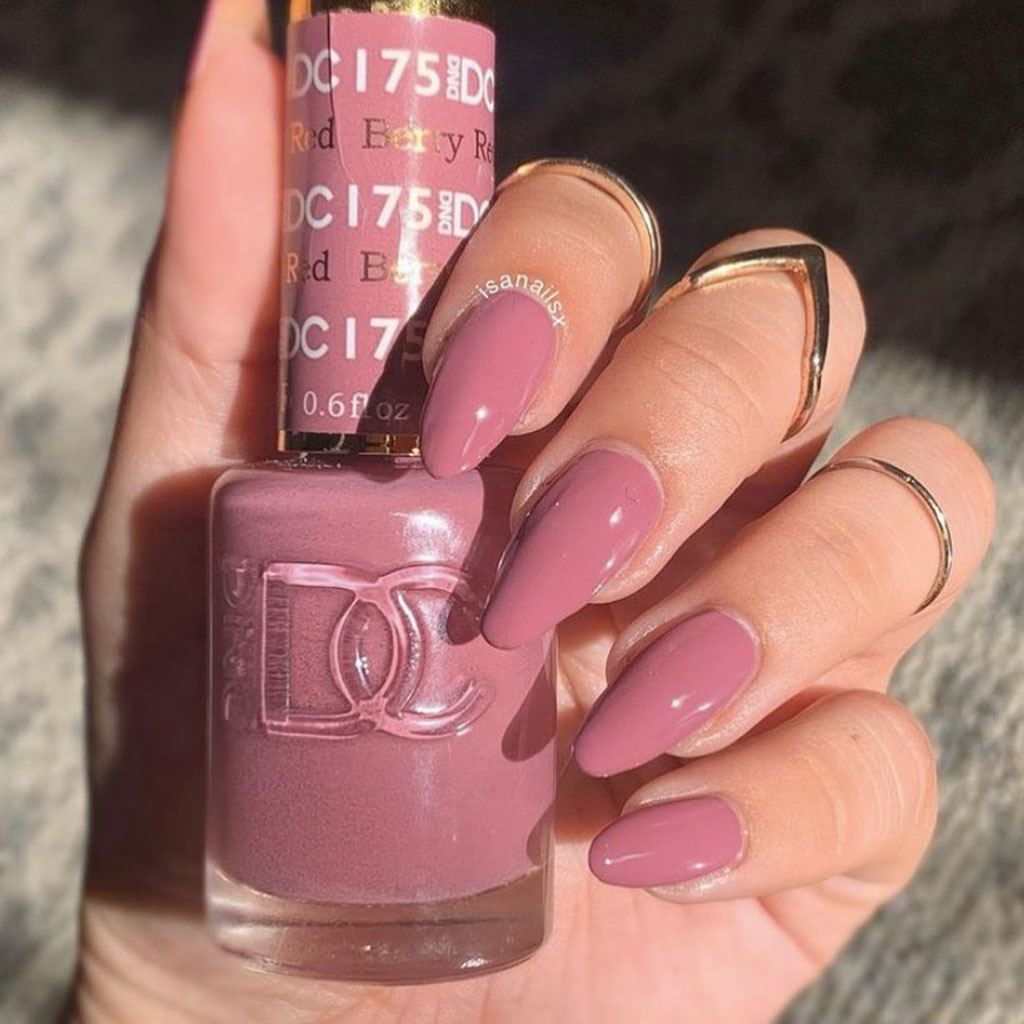Gel polishes are great manicure products. They are used as the basis for modern beauty because they are offered in almost every salon, are impossibly glossy, and are virtually indestructible. Nonetheless, the greatest advantage of gel polishes is that they are hard to chip, especially when conducting your usual chores, and they last for several weeks.

Gel polishes are manufactured so that they strongly adhere to the nails compared to the traditional lacquers. This allows them to resist easy wear and tear hence their long-wear period. Furthermore, they are cured under LED or UV light, and they need to be dipped in acetone for about 10 minutes to remove. If you are a manicure specialist or love gels, there are a few tips that you should be acquainted with within 2021 to get the best gel polishes, to keep your natural nails healthy, and to increase your manicure’s lasting time.
Allow Your Natural Nails to Breathe In Between Gel Manicures
All gel manicures make your natural nails weak because the gel application process dehydrates the nails and makes them weak. This is associated with painful nail beds, discolored nails, or breaking and peeling of the nails. Therefore, it is essential to often check the nails for tumors or infections. Additionally, the gel coating deters the nails from receiving oxygen. As such, back-to-back gel appointments should be avoided. Going for a break between manicures is vital because it allows the nails to rehydrate and repair.
Picking at Peeling Gel Polish Should Be Avoided
Picking is very common among gel manicure lovers. Assuming you had your DND nail gel polish bulk for the whole year and you realize that the color from the previous manicure has begun to lift, something might tell you to remove it because, after all, you still have enough of the polish for a whole year. However, picking is not advisable because the lifting and peeling allow water to sip into the nails providing a breeding ground for fungus or bacteria. Furthermore, when the coating is ripped off, it may take off a layer of the nails that may take over half a year to repair, thus weakening the nails. Therefore, gels should be removed correctly to avoid nail damages.
Gel Ingredients Matter
Most gels are manufactured using carcinogenic ingredients like dibutyl phthalate (DPB), toluene, and formaldehyde. These chemicals have adverse effects like disturbing the thyroid and the liver and causing inflammation. Luckily, most top gel manufacturers do not use such toxic products. Some products like DND gel polish are mostly vegan to ensure safety to the users.
Limit Your Exposure to UV Light
The American Academy of Dermatology, in their recent study, found out that people with high UV sensitivity are not best suited to gel manicures because the UV treatment may cause safety issues. Gels are treated briefly under UV light, but the intensity of the light is usually high. As such, continuous exposure may damage the skin. Therefore, you should limit your exposure to UV light or shift to using LED lamps. You can also use YouVeeShield gloves to protect yourself against UV light.
Gels Are Like Liquid Acrylics
Has the question of how gels last for weeks ever struck your mind? Different gels and regular nail polish brands have different chemical compositions. However, the main distinction is that while regular polishes air dry, gel polishes only dry under direct LED or UV light. The curing process of gel polishes allows the formation of a durable and long-lasting hardened layer. Also, gels have a complex removal process, which involves dissolving the formula by dipping the nails in acetone. Therefore, the gel layers not only last longer, but they also have shiner and harder mien.
Hot Water is a Gel’s Enemy
Soaking gels in hot water makes them lift off. Therefore, it is best to avoid spending long hours in hot tubs or showers. You can also use rubber gloves when you have to work with hot water to minimize its contact with the nails.
Conclusion
Do you love gel manicures? If you do, it is best to know that the soaking-off process can be harmful because acetone leaves the nails dried and brittle. Therefore, you should give the nails’ surrounding skin, cuticles, and nail plate a TLC after a gel mani. A thick emollient or cuticle oil can help rehydrate and repair the nails, cuticle, and the surrounding skin. Furthermore, it is vital to hydrate the nails between manicures using treatments like the Nails Inc. Back to Life Recover Treatment that camouflages the nail’s damage or acts as a sheer base coat while rehydrating and nourishing them with avocado, apricot, coconut oils, and vitamin C. other products like the Dermelect Makeover Ridge Filler can be used to hydrate dried-up nail beds. Furthermore, when having a gel manicure, consider using wraps for protection. A gel manicure can either be done at home or in a nail salon by professionals.
